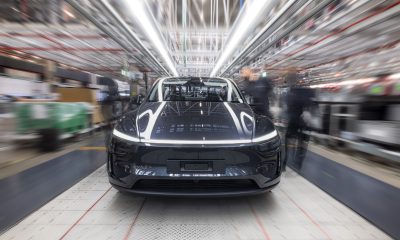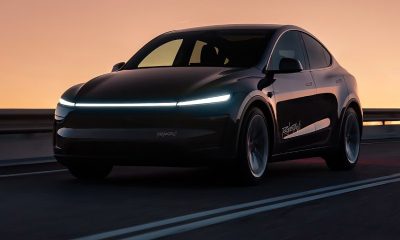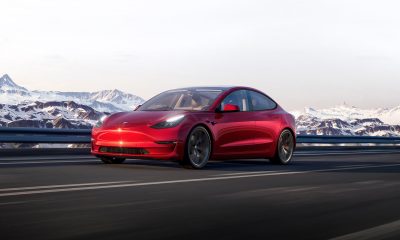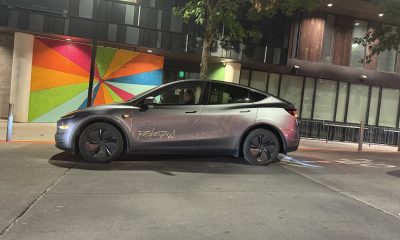News
Tesla’s new battery expert will do “whatever it takes” to improve battery performance
World renowned battery research Jeff Dahn will join forces with Tesla Motors on June 8. His mission is to do “whatever it takes” to improve the science behind the batteries Tesla relies on for its cars and energy storage devices.
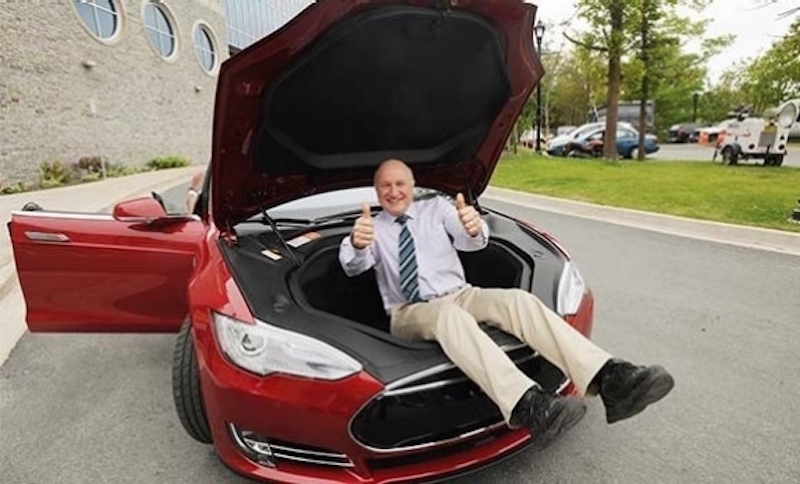
Jeff Dahn is a world renowned battery researcher who teaches at Dalhousie University in Nova Scotia. According to the university’s website, he “is recognized as one of the pioneering developers of the lithium-ion battery that is now used worldwide in laptop computers and cell-phones. Dahn’s recent work has concentrated on the application of Combinatorial Materials Science methods to battery and fuel cell materials problems. He is the author of over 500 refereed journal papers and co-inventor of 58 inventions with patents issued or filed.”
Up until know, Dahn has been working exclusively doing research for 3M and the Natural Sciences and Engineering Research Council of Canada to develop longer-lasting, lower cost lithium-ion battery cells, but his agreement ends on June 7. On June 8, he will join forces with Tesla Motors and work exclusively for it. He says his mandate is to do “whatever it takes” to improve the company’s battery performance.
Dahn is a proponent of a different form of battery chemistry than Tesla currently uses. Called lithium nickel manganese cobalt oxide, or NMC, it has lower capacity than lithium cobalt batteries but higher specific power and longer life, according to Battery University. Elon Musk has publicly ridiculed NMC chemistry. Tesla is firmly committed to lithium nickel cobalt aluminum oxide chemistry, or NCA.
Does hiring Dahn indicate that Tesla may be considering a shift in its core battery technology? Dahn told Quartz recently that his mission at Tesla is the same as every other battery researcher in the world — low cost, high energy density, and long battery life. But “whatever it takes,” an operational mantra he said he picked up in conversation with Kurt Kelty, Telsa’s battery director, will be his rule. “Those are the goals, and that’s how we’re going to do it,” Dahn said. “We’re open to anything that makes sense.”
A willingness to consider all possible options is a characteristic that defines Elon Musk. It’s astonishing that Musk and Tesla would consider options that challenge the battery technology they have been committed to for years, but if that’s what it takes to keep Tesla ahead of the competition, that’s what they are prepared to do.
Source: Quartz, Feature image via Jeff Dahn Research Group
Elon Musk
Tesla Board Chair discusses what is being done to protect CEO Elon Musk
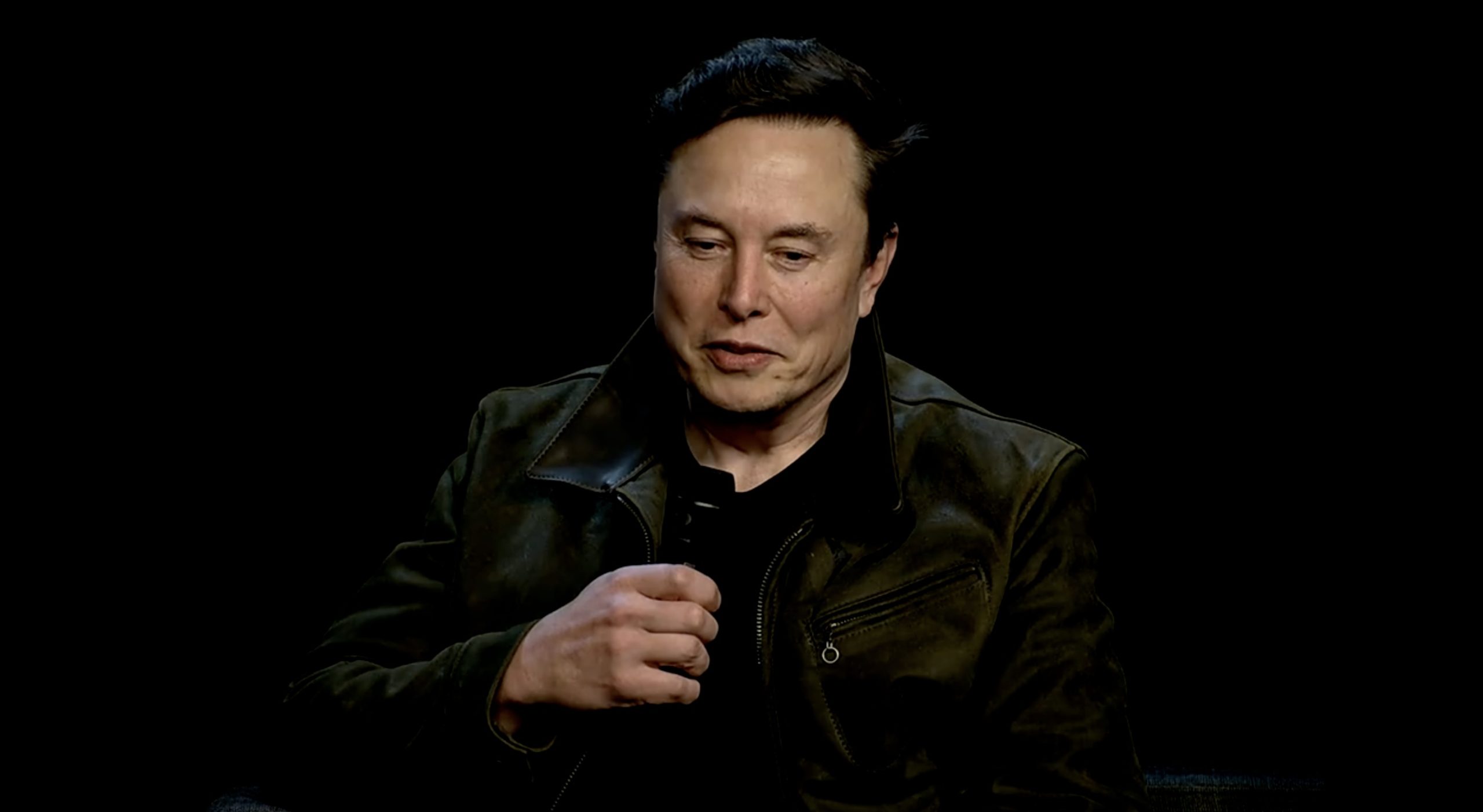
Tesla Board Chair Robyn Denholm met with Bloomberg this morning to discuss a variety of topics, but perhaps one of the most interesting was her comments on what is being done to protect company CEO Elon Musk.
After the assassination of right-wing political commentator Charlie Kirk this week, there have been concerns about Musk’s safety, as well as that of other high-profile business leaders and political figures.
Earlier this week, Musk said himself that his security detail would be increased significantly following Kirk’s death, a move that many investors and fans of the company had requested because of political violence.
Elon Musk assures Tesla investors he will enhance his security detail
“Definitely need to enhance security,” Musk said. Tesla spent $3.3 million on Musk’s security in 2024 and January and February 2025. For reference, Meta spent over $27 million on Mark Zuckerberg’s security last year, which is higher than any other tech CEO.
During Denholm’s appearance on Bloomberg TV earlier today, she stated that the company has been focused on Musk’s security detail for “many years,” especially considering he is one of the richest people on Earth and holds an incredible amount of influence.
“It is something that we take very seriously; he takes it very seriously as well. So, again, from a board perspective, it is something we’ve discussed at length,” Denholm said.
Tesla Board Chair Robyn Denholm on increased security for CEO Elon Musk:
— TESLARATI (@Teslarati) September 12, 2025
Denholm added that she believes “there is not anyone in a boardroom that is not touched by what has happened with Charlie Kirk.”
Although Musk’s political involvement has toned down significantly in the past, he still has enemies, especially based on groups that oppose him and the company specifically. Based on this week’s events, it feels that increased security is a necessary expense Tesla must account for.
Investor's Corner
Tesla bear turns bullish for two reasons as stock continues boost
“I think from a trading perspective, it looks very interesting,” Nathan said, citing numerous signs of strength, such as holding its 200-day moving average and holding against its resistance level.
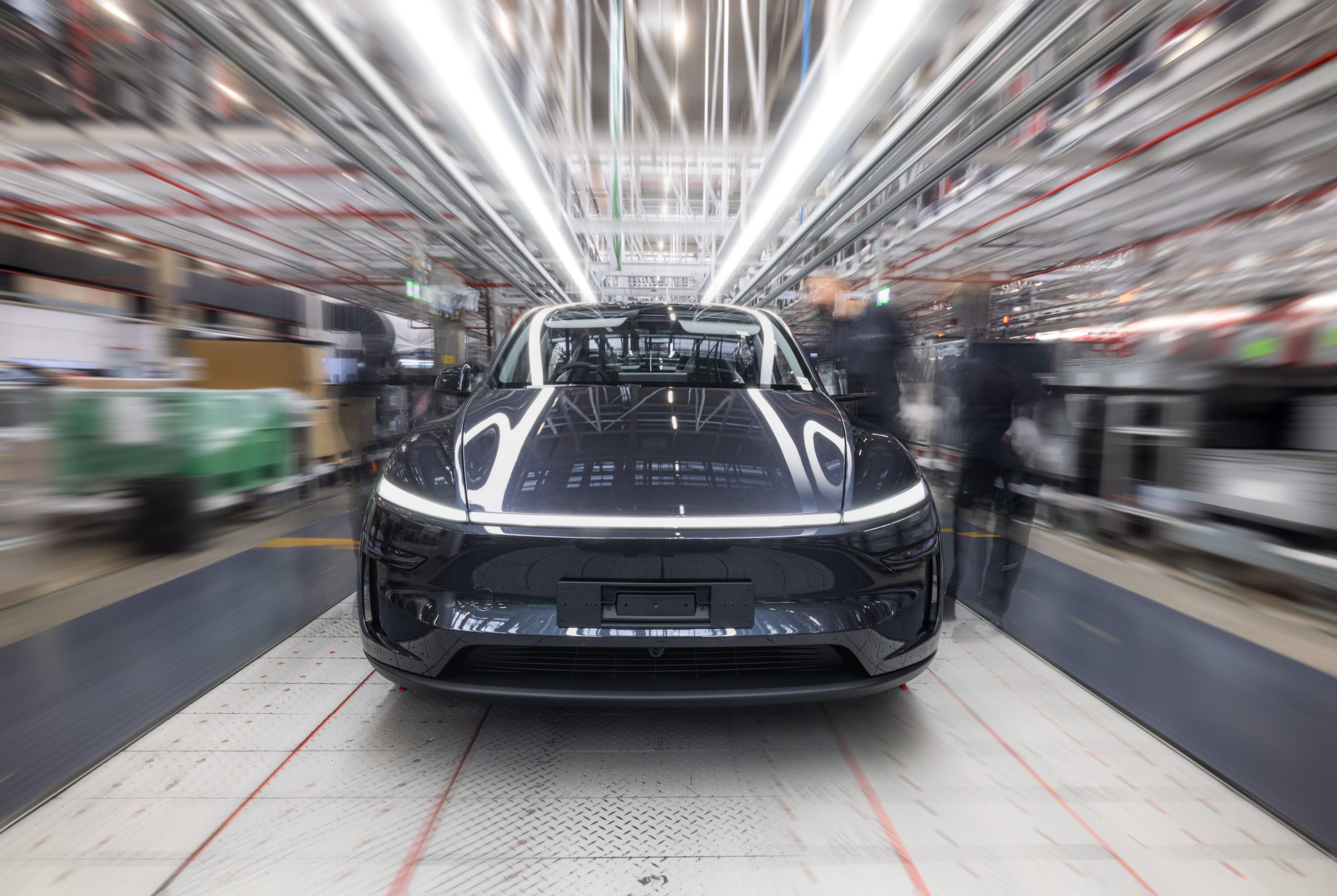
A Tesla bear is changing his tune, turning bullish for two reasons as the company’s stock has continued to get a boost over the past month.
Dan Nathan, a notorious skeptic of Tesla shares, said he is changing his tune, at least in the short term, on the company’s stock because of “technicals and sentiment,” believing the company is on track for a strong Q3, but also an investment story that will slowly veer away from its automotive business.
“I think from a trading perspective, it looks very interesting,” Nathan said, citing numerous signs of strength, such as holding its 200-day moving average and holding against its resistance level.
He also said he believes a rally for the stock could continue as it heads into the end of the quarter, especially as the $7,500 electric vehicle tax credit is coming to an end at the end of the month.
With that being said, he believes the consensus for Q3 deliveries is “probably low,” as he believes Wall Street is likely underestimating what Tesla will bring to the table on October 1 or 2 when it reports numbers for the quarter.
Tesla bear Dan Nathan has flipped his script on Tesla $TSLA shares, citing “technicals and sentiment”
— TESLARATI (@Teslarati) September 12, 2025
Tesla shares are already up over five percent today, with gains exceeding nine percent over the past five trading days, and more than fourteen percent in the past month.
While some analysts are looking at the performance of other Mag 7 stocks, movement on rates from the Federal Reserve, and other broader market factors as reasoning for Tesla’s strong performance, it appears some movement could be related to the company’s recent developments instead.
Over the past week, Tesla has made some strides in its Robotaxi program, including a new license to test the platform in the State of Nevada, which we reported on.
Tesla lands regulatory green light for Robotaxi testing in new state
Additionally, the company is riding the tails of the end of the EV tax credit, as inventory, both new and used, is running extremely low, generally speaking. Many markets do not have any vehicles to purchase as of right now, making delivery by September 30 extremely difficult.
However, there has been some adjustments to the guidelines by the IRS, which can be read here:
Tesla is trading at around $389 at 10:56 a.m. on the East Coast.
News
Tesla lands regulatory green light for Robotaxi testing in new state
This will be the third state in total where Tesla is operating Robotaxi, following Austin and California.
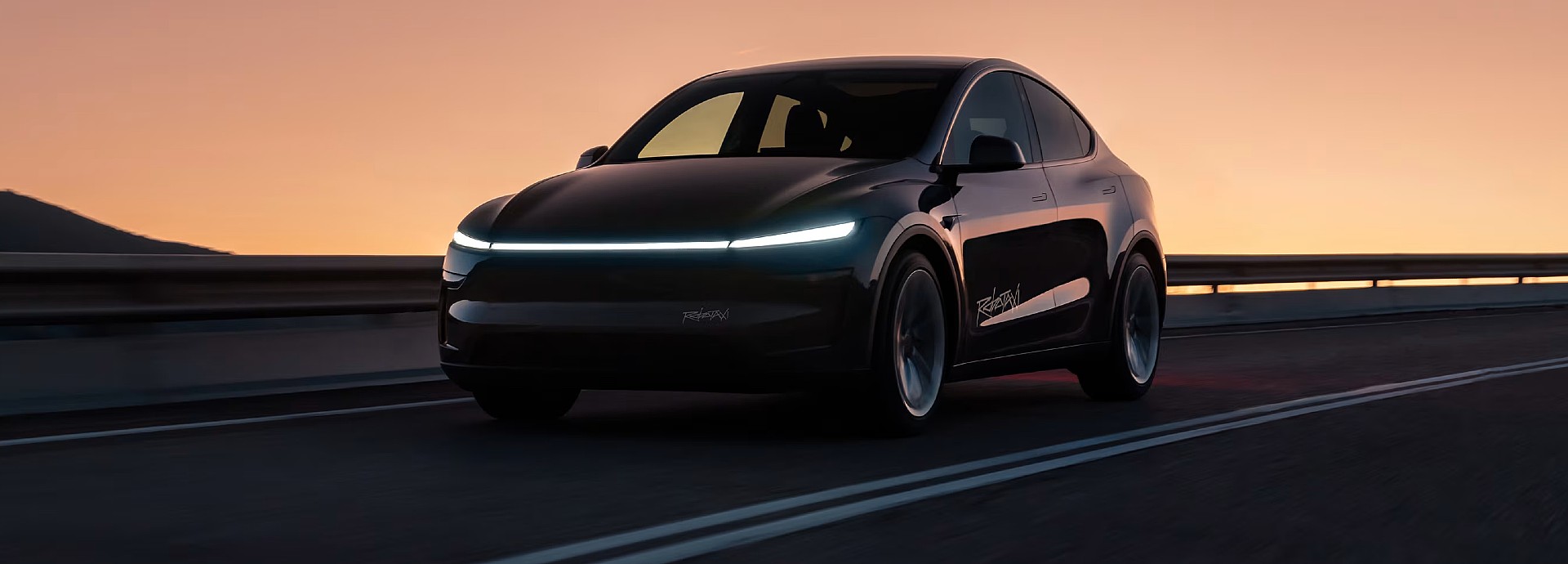
Tesla has landed a regulatory green light to test its Robotaxi platform in a new state, less than three months after the ride-hailing service launched in Texas.
Tesla first launched its driverless Robotaxi suite in Austin, Texas, back on June 22. Initially offering rides to a small group of people, Tesla kept things limited, but this was not to be the mentality for very long.
It continued to expand the rider population, the service area, and the vehicle fleet in Austin.
The company also launched rides in the Bay Area, but it does use a person in the driver’s seat to maintain safety. In Austin, the “Safety Monitor” is present in the passenger’s seat during local rides, and in the driver’s seat for routes that involve highway driving.
Tesla is currently testing the Robotaxi platform in other states. We reported that it was testing in Tempe, Arizona, as validation vehicles are traveling around the city in preparation for Robotaxi.
Tesla looks to make a big splash with Robotaxi in a new market
Tesla is also hoping to launch in Florida and New York, as job postings have shown the company’s intention to operate there.
However, it appears it will launch in Nevada before those states, as the company submitted its application to obtain a Testing Registry certification on September 3. It was processed by the state’s Department of Motor Vehicles Office of Business Licensing on September 10.
NEWS: Tesla has officially received approval from the Nevada DMV to start testing autonomous vehicles (robotaxis) on public roads.
Today, I confirmed directly with the Nevada DMV that @Tesla‘s application to obtain a Testing Registry certification was approved by the DMV Office… pic.twitter.com/hx5JhHBFiD
— Sawyer Merritt (@SawyerMerritt) September 11, 2025
It will then need to self-certify for operations, essentially meaning they will need to comply with various state requirements.
This will be the third state in total where Tesla is operating Robotaxi, following Austin and California.
CEO Elon Musk has stated that he believes Robotaxi will be available to at least half of the U.S. population by the end of the year. Geographically, Tesla will need to make incredible strides over the final four months of the year to achieve this.
-
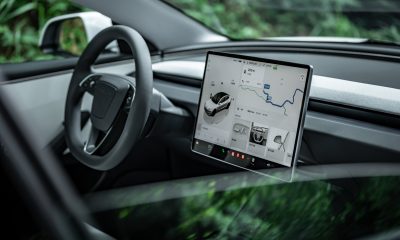
 News2 weeks ago
News2 weeks agoTesla is overhauling its Full Self-Driving subscription for easier access
-
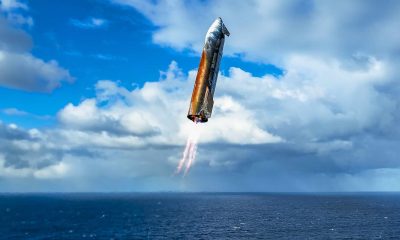
 Elon Musk2 weeks ago
Elon Musk2 weeks agoElon Musk shares unbelievable Starship Flight 10 landing feat
-
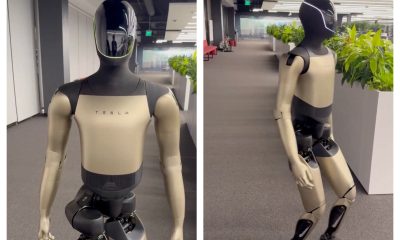
 Elon Musk1 week ago
Elon Musk1 week agoTesla’s next-gen Optimus prototype with Grok revealed
-
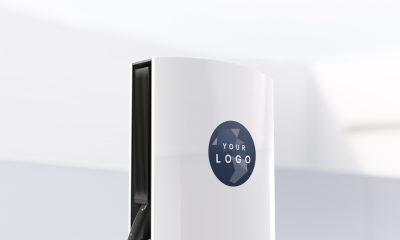
 News7 days ago
News7 days agoTesla launches new Supercharger program that business owners will love
-
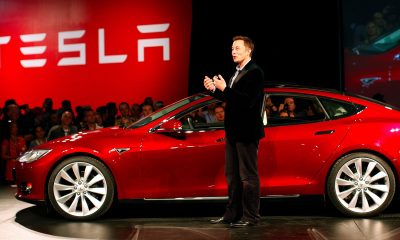
 Elon Musk7 days ago
Elon Musk7 days agoTesla Board takes firm stance on Elon Musk’s political involvement in pay package proxy
-
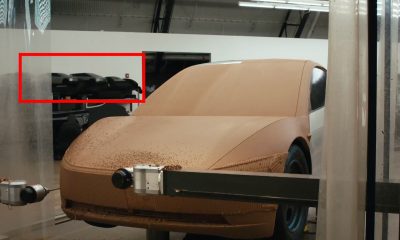
 News2 weeks ago
News2 weeks agoTesla appears to be mulling a Cyber SUV design
-
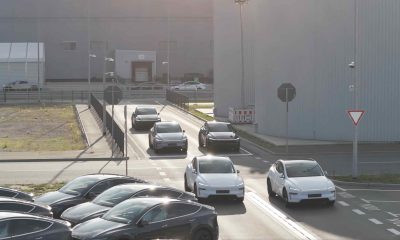
 News1 week ago
News1 week agoTesla deploys Unsupervised FSD in Europe for the first time—with a twist
-
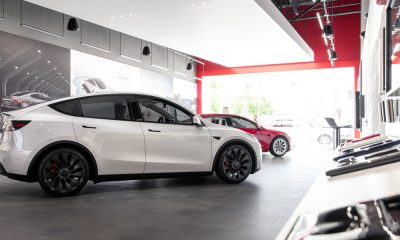
 News2 weeks ago
News2 weeks agoTesla expands crazy new lease deal for insane savings on used inventory




